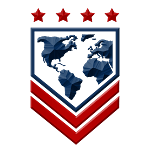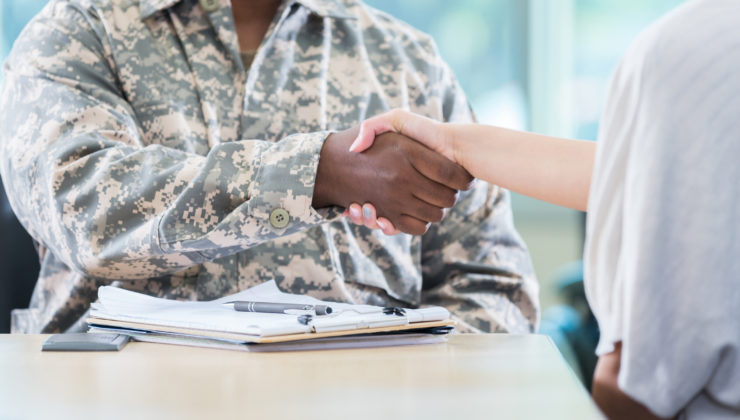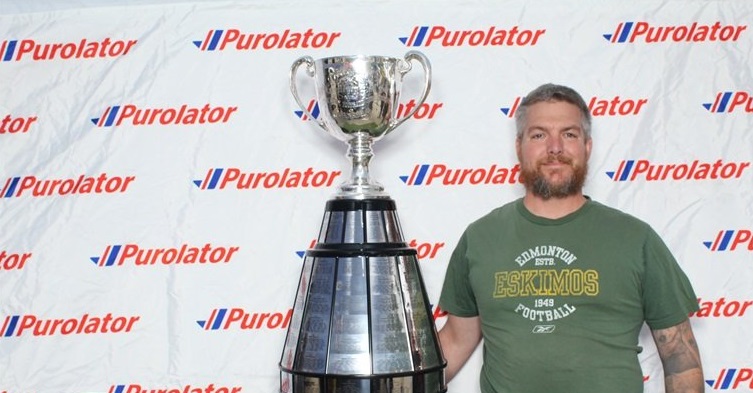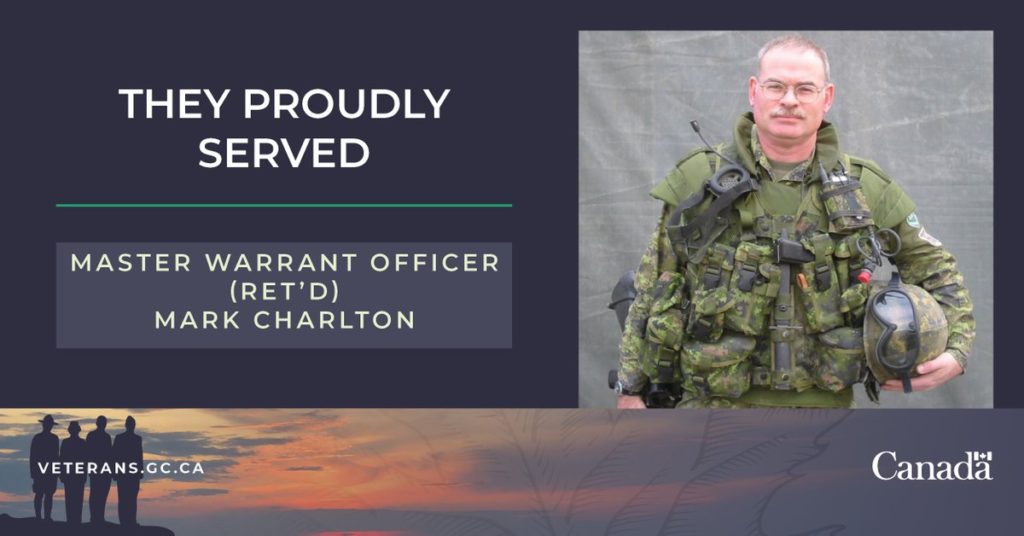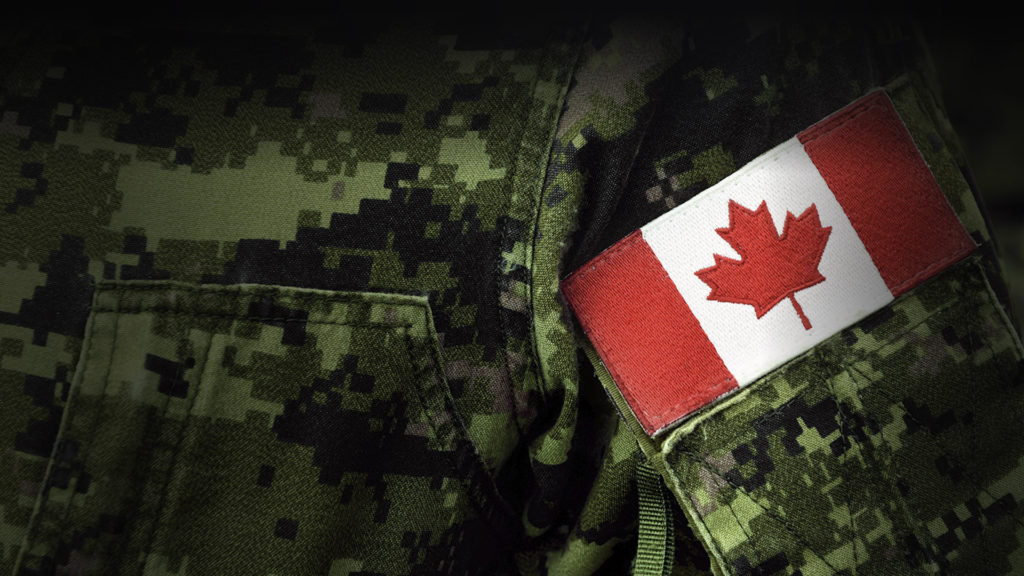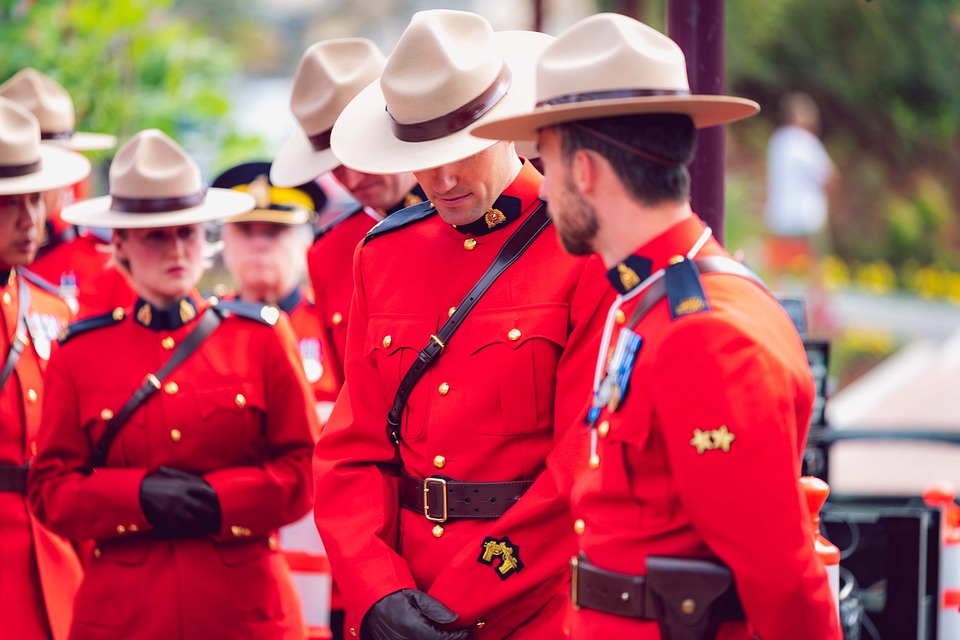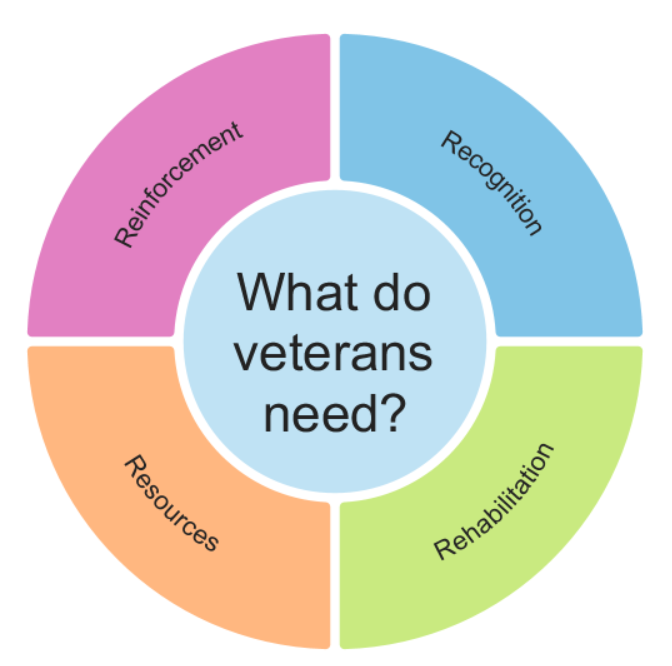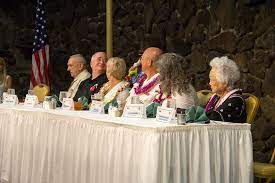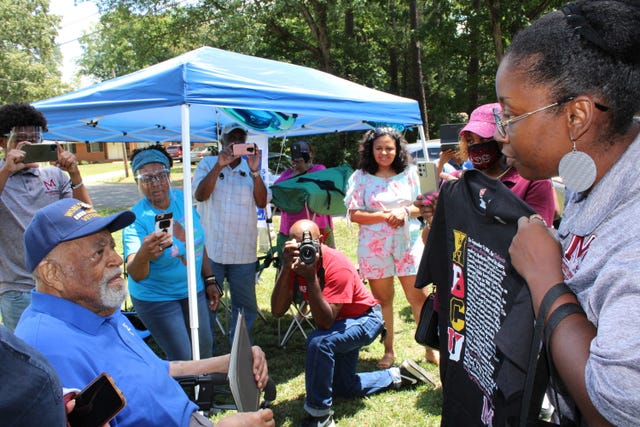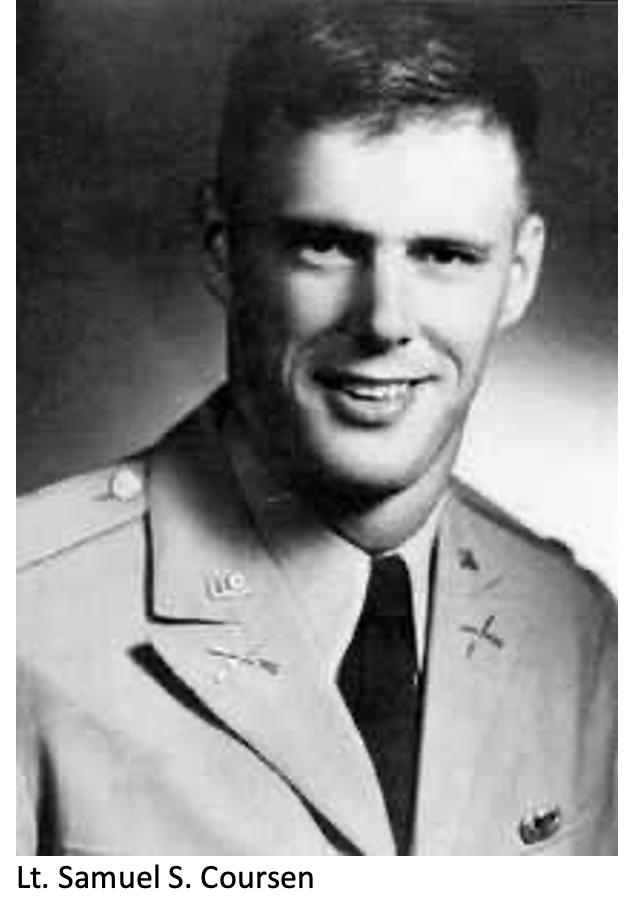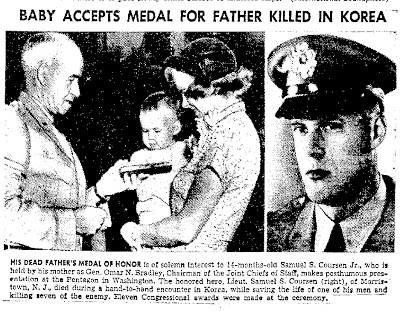Americans celebrate Veterans Day every year on Nov. 11 to honor those who have served in the armed forces and fought to protect our way of life. Commemorative events, parades and, of course, some sweet shopping deals are all around the country.
The Armistice Day holiday, which originally marked the end of World War I, was broadened in the 1950s to honor all veterans. And without city of Emporia, Kansas, there would be no Veterans Day.
There is historical significance behind why we celebrate Veterans Day on Nov. 11. The Allied nations and Germany signed an armistice, or a temporary halting of hostilities during World War I, on the 11th hour of the 11th day of the 11th month on Nov. 11, 1918. A year later, King George V of England proclaimed that date Armistice Day, to be marked with two minutes of silence at 11 a.m., the hour the agreement had gone into effect. In the mean time, President Woodrow Wilson declared Nov. 11, 1919 the first Armistice Day in the U.S., and the name was changed to Veterans Day on June 1, 1954 to honor veterans of all wars.
The Veterans Day holiday – will be 68 years old in Emporia and 67 years old nationally in 2021 – began through the efforts of an Emporia shoe repairman, Alvin J. (Al) King.
A Brief History
In 1953, Alvin J. King of Emporia, Kan., proposed changing the name of the holiday to Veterans Day, to recognize veterans from all wars and conflicts. According to a 2003 congressional resolution recognizing his efforts, the holiday was first celebrated in that small city, about 60 miles southwest of Topeka, the same year. The resolution noted that while Mr. King was not a veteran himself, his stepson John Cooper, whom he had raised, was killed in combat during World War II.
King began his campaign to change an existing national holiday – Armistice Day – to Veterans Day. He gained the cooperation of the community’s American Legion, Veterans of Foreign Wars, AmVets. The community raised money to send Mr. King and his wife, Gertrude, to Washington to meet with officials and push them to change the name of the federal holiday. They received crucial support from Representative Edward H. Rees, also of Emporia.
Rees agreed to take King’s idea to Washington, D.C., where it passed the House and Senate. President Dwight D. Eisenhower signed the bill establishing Veterans Day as a national holiday. The nation held its first Veterans Day on Nov. 11, 1954.
The First Event was a Local Ceremony
The small city of Emporia in Kansas , however, had organized its first celebration, called “All Veterans Day,” in 1953.
After King’s proposal, ninety percent of Emporia storeowners had decided to close their businesses for the day. The Emporia Board of Education followed suit for schools. As a result, most Emporians were free to take part in or watch many of the events.
The Emporia Gazette and Emporia Times newspapers reported a full slate of activities that began with a parade at 10:30 a.m. Nov. 11, 1953. At 11 a.m., civil-defense sirens, church bells and power-plant whistles marked the formal beginning of the event; the timing acknowledged the signing of the armistice that ended World War I at 11 a.m. of the 11th day of the 11th month, 1918.
The American Legion Drum and Bugle Corps stood at Sixth Avenue and Commercial Street to play “Taps” after the whistles and bells, and the Kansas City AmVets Drum and Bugle Corps stood nearby to sound the echo.
Hot dogs, beans and coffee were served free in the basement of the Civic Auditorium. A wheelchair basketball game followed, featuring the Rolling Pioneers of Kansas City against a town team that included names familiar still to long-time Emporians – Malcom Smith of the Lowther Junior High School faculty, Carl Haney, Jerry Waugh and Gene Ridenour of the Emporia High School staff; Leslie Hayes of The Emporia Gazette; Keith Caywood of Kansas State Teachers College faculty; and Tom McGahey of Olpe High School. The drive-in theater showed a free movie and a free dance closed the day’s events.
Then-Kansas Governor Edward F. Arn watched the parade from the reviewing stand and, according to a newspaper account, “exclaimed, ‘This is a wonderful thing. Every city of the nation should have this.’” By the next year, it was.
All Veterans Tribute
Emporia is proud to be the Official Founding City of Veterans Day! Each November a multi-day celebration known as the All Veterans Tribute occurs to remember and honor our military veterans. A parade, memorial service, veteran artist exhibit, roundtable discussions, tribute show, Freedom Fest run, ride, and disc golf events, and more are in the event list each year. (see event link)
